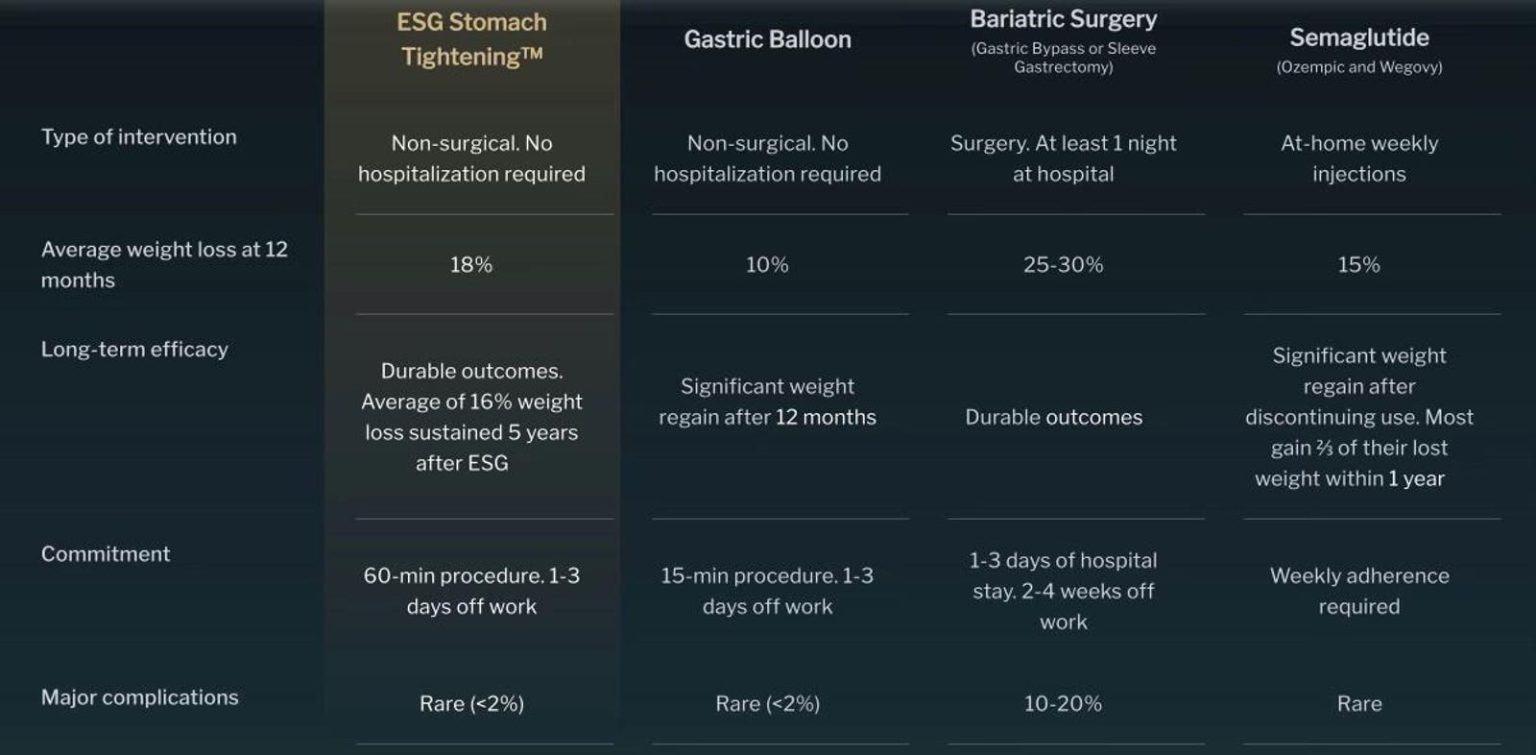In recent years, there has been a significant shift in the field of weight loss treatments, with medications like Ozempic gaining widespread attention and adoption. This has been fueled by the cultural phenomenon surrounding GLP1 medications, with high-profile individuals openly sharing their success stories or sparking speculation about their use. The effective marketing strategies employed by pharmaceutical companies, highlighting the benefits of GLP1 medications in promoting weight loss, have further contributed to the public’s interest and increased demand for these treatments. This has shaped societal perceptions of obesity management, emphasizing the achievable results with the right approach.
The landscape of weight loss treatments is diverse, offering options ranging from non-surgical endoscopic procedures to surgical interventions to injectable medications, alongside diet and exercise modifications. Each approach comes with its own set of benefits and considerations, underscoring the importance of patient education and shared decision-making in navigating these choices. Tailoring treatment plans to individual patient needs is essential for achieving successful outcomes in the fight against obesity.
When comparing treatment options such as ESG Stomach Tightening, gastric balloons, bariatric surgery, and Semaglutide, it is important to consider factors such as efficacy, risks, costs, and long-term success. ESG Stomach Tightening, a minimally-invasive procedure, offers benefits such as reduced stomach volume and metabolic health improvements, with an average weight loss of 18 percent. Gastric balloons provide another non-surgical approach, with an average weight loss of 10 percent, but long-term success depends on significant lifestyle changes. Bariatric surgery, the most invasive option, offers profound weight loss results but comes with risks and costs that may not be covered by insurance. Semaglutide medications, while effective in promoting weight loss, should be carefully monitored for potential side effects and high costs.
Ultimately, the goal of all these weight loss treatments is to improve patient health and well-being in the fight against obesity. By prioritizing patient education, shared decision-making, and tailored treatment plans, healthcare providers can empower individuals to make informed choices and embark on successful weight loss journeys. It is crucial to consider the socioeconomic impact of these treatments, the cost of not treating obesity, and potential disparities in access to these treatments. By considering all these factors, individuals can choose the most suitable weight loss treatment that aligns with their goals and priorities for a healthier future.


